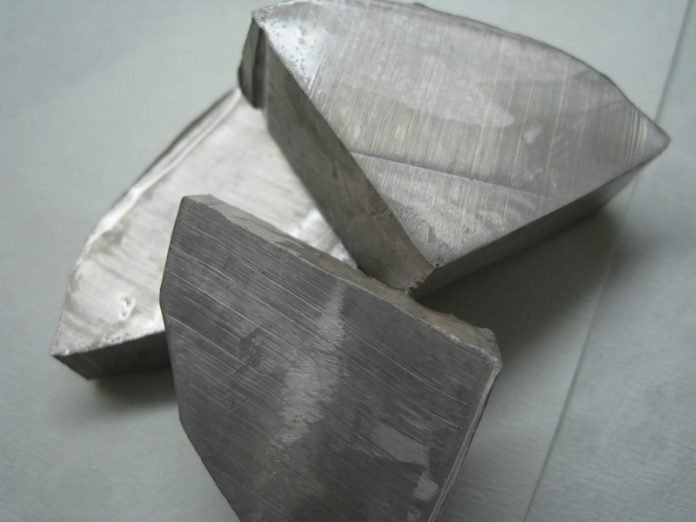
Have you ever wondered what happens deep inside stars or far beneath the Earth’s surface?
Scientists at the University of Buffalo have made a fascinating discovery about sodium – yes, the same element found in table salt – that sheds light on these mysterious realms.
Usually, sodium is a shiny, gray metal. But something extraordinary happens when it’s put under extreme pressure: it turns into a clear, glass-like substance that doesn’t conduct electricity.
This change is not just a curiosity; it tells us a lot about what happens in the intense environments of stars and planets.
Under high pressure, like in the center of stars or deep below the Earth’s crust, materials behave differently.
Scientists used to think that all materials would turn into metals under such conditions. However, it’s now known that some, like sodium, become nonconductors or insulators.
A team led by Dr. Eva Zurek at the University of Buffalo explored this. They built on ideas from the late physicist Neil Ashcroft, who first suggested that sodium could act this way under pressure.
Their study, published in the journal Angewandte Chemie, uses advanced quantum chemistry to understand this transformation.
The secret lies in how sodium’s electrons behave under pressure. Electrons are tiny particles that orbit an atom’s core. Usually, in sodium, they move freely, which is why sodium is a good conductor of electricity.
But when squeezed under high pressure, these electrons don’t just float around. Instead, they form bonds – kind of like invisible links – between atoms.
This bonding traps the electrons in spaces between atoms, creating what’s called an “electride state.” This state is responsible for sodium’s change from a shiny metal to a transparent nonconductor.
Understanding sodium’s behavior under pressure is more than just a neat science trick. It helps us answer big questions like what the insides of stars are like or how planets generate magnetic fields. It even helps us understand how stars and planets evolve over time.
To study this, scientists can’t exactly travel to a star’s core or deep beneath Earth. Instead, they use supercomputers, like those at UB’s Center for Computational Research, to simulate these extreme conditions. Sometimes, they even use high-tech lasers to replicate the intense pressures found in these environments.
This research was a team effort, including contributions from Malcolm McMahon and Christian Storm at the University of Edinburgh. It was supported by the Center for Matter at Atomic Pressure, a project focusing on how pressure affects materials’ atomic structures.
By studying how simple sodium behaves under extraordinary conditions, scientists are unlocking the secrets of the cosmos.
This research not only honors the legacy of pioneering physicists but also paves the way for new discoveries about the universe we live in.



